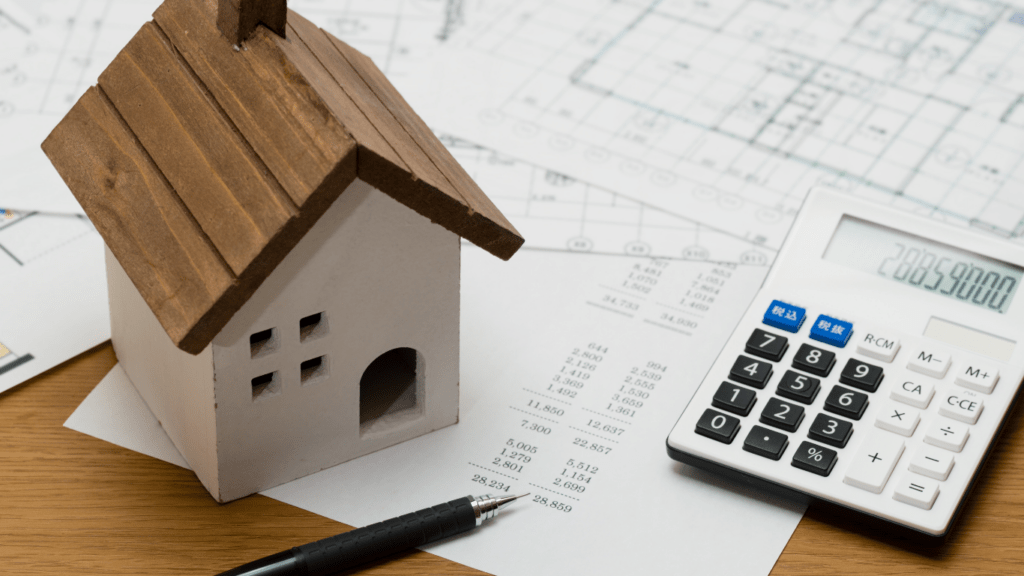Why Budgeting for Repairs Is Essential for Landlords
Maintaining control over repair expenses protects profitability. Unplanned repair costs, such as emergency plumbing fixes or HVAC replacements, can disrupt cash flow if funds aren’t allocated in advance. A structured budget ensures funds are available when issues arise.
Enhancing tenant satisfaction reduces turnover rates. Quick response to repair needs, like fixing broken appliances, builds trust and keeps tenants comfortable. Satisfied tenants are likely to renew leases, minimizing vacancy periods.
Preserving property value retains long-term investment potential. Routine maintenance, like roof inspections or repainting, prevents minor issues from escalating into costly damages. A well-maintained property attracts quality tenants and sustains its market appeal.
Meeting legal obligations ensures compliance. Many regions require landlords to keep rental properties in habitable condition. A repair budget helps address issues, such as mold remediation or electrical safety, without delays.
Planning for seasonal expenses prevents overspending. Annual repairs, such as gutter cleaning or winterizing pipes, can strain finances if unexpected. Proper budgeting accounts for recurring maintenance, stabilizing cash outflow throughout the year.
Common Types of Repairs Landlords Should Budget For
Planning for common repair types helps manage property-related expenses and ensures tenant satisfaction. I categorize these repairs into:
- routine maintenance
- emergency repairs
- long-term capital improvements
Routine Maintenance
Routine maintenance preserves property conditions and minimizes future repair costs. I schedule regular tasks like HVAC servicing, gutter cleaning, and repainting walls. Addressing minor issues promptly, such as fixing leaky faucets or replacing worn-out fixtures, reduces the likelihood of more costly repairs later.
Emergency Repairs
- Emergency repairs address urgent problems that could harm tenants or damage property.
- I allocate funds for issues like burst pipes, electrical failures, or roof leaks caused by severe weather.
- Laws often require landlords to resolve these problems immediately to keep rentals habitable, so preparing for these expenses is critical.
Long-Term Capital Improvements
Long-term capital improvements enhance value and reduce future maintenance needs. I plan for projects like replacing HVAC systems, re-roofing, or updating plumbing infrastructure. Unlike routine repairs, these are significant investments, often improving energy efficiency or extending the property’s lifespan. Preparing for these expenses avoids financial strain when upgrades become necessary.
How to Estimate Repair Costs

Accurate repair cost estimates help landlords manage budgets effectively. I rely on several strategies to predict these expenses with confidence.
Using Property Age and Condition
I assess the property’s age and current state to foresee repair needs. Older properties often require frequent attention, such as plumbing upgrades or electrical rewiring, while newer ones may only need routine maintenance like paint touch-ups. I examine the condition of major systems like HVAC and roofing because their wear and tear can significantly influence future costs.
Researching Local Repair Costs
I research local labor and material prices to ensure accurate budgeting. Online tools, contractor estimates, and cost comparison resources provide valuable benchmark data. For example, I check typical plumber rates in my area for common repairs like pipe leaks. Factoring regional variances prevents underestimating real expenses.
Factoring in Unexpected Expenses
I reserve funds for unforeseen issues that might arise, such as storm damage or sudden appliance failures. On average, I allocate 10-15% of my total repair budget for these unpredictable events. This buffer safeguards my cash flow and supports timely problem resolution without financial strain.
Setting Up a Repair Fund
Establishing a repair fund helps ensure financial preparedness for both planned maintenance and unexpected repair costs. I prioritize consistency and adaptability when managing my fund.
Determining a Percentage of Rental Income
I allocate a fixed percentage of monthly rental income, typically 10-15%, to my repair fund. For example, if my rental income is $2,000, I reserve $200 to $300 per month. The percentage depends on my rental property’s age, condition, and local repair cost trends.
Creating a Separate Account
I maintain a dedicated bank account solely for repair expenses to prevent unintentional spending. Segregating these funds simplifies tracking, ensures availability during emergencies, and keeps operational costs transparent.
Monitoring and Adjusting the Budget
I review my repair budget every six months, comparing projected expenses against actual spending. If I notice significant discrepancies, like higher emergency expenses in winter due to freezing pipes, I adjust my contributions accordingly to maintain the fund’s stability.
Tools and Resources for Effective Budgeting
Using the right tools and resources simplifies repair budgeting for landlords. I focus on accessible options to manage costs and improve financial planning.
Budgeting Apps and Software
Budgeting apps and software streamline tracking expenses and planning for repairs. I use tools like Mint, YNAB (You Need A Budget), or Propertyware, which offer features for categorizing expenses, setting repair budgets, and generating financial reports. For landlords with multiple properties, software like Buildium integrates budgeting with property management, helping monitor income, track repair costs, and allocate funds efficiently. These solutions prevent overspending by making financial data easy to access and analyze.
Hiring Professional Property Managers
Professional property managers handle repair budgeting and execution. I rely on their expertise to estimate costs, schedule routine maintenance, and manage emergency repairs without disrupting cash flow. Property managers often have trusted networks of contractors, which can reduce repair costs through negotiated rates. Their ability to provide detailed financial reports and ensure compliance with local regulations adds value to budgeting efforts, especially for landlords managing large portfolios or operating in high-maintenance locations.


 Kenneths Houstonamic established Mode Key Homes to provide real estate enthusiasts, professionals, and homeowners with valuable insights. His vision drives the platform’s focus on market trends, sustainable housing, and property management, helping readers make informed decisions in the ever-evolving real estate landscape.
Kenneths Houstonamic established Mode Key Homes to provide real estate enthusiasts, professionals, and homeowners with valuable insights. His vision drives the platform’s focus on market trends, sustainable housing, and property management, helping readers make informed decisions in the ever-evolving real estate landscape.